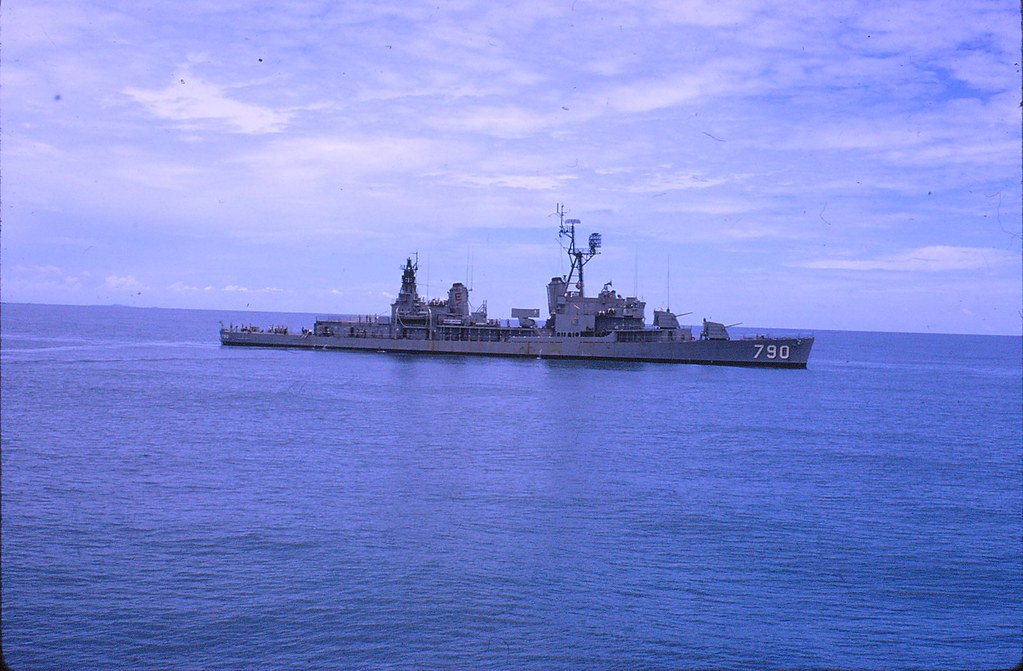In a show of military cooperation and support for international law, U.S. and Canadian warships sailed through the Taiwan Strait on Sunday, just days after China conducted extensive war games around Taiwan. The U.S. Navy’s destroyer, USS Higgins, and the Canadian frigate, HMCS Vancouver, undertook what was described as a “routine” transit of the highly sensitive waterway, signaling the two nations’ commitment to ensuring freedom of navigation in international waters. The mission came in the wake of increased tensions between China and Taiwan, with Beijing denouncing the naval passage as a destabilizing action in the region.
The Taiwan Strait, a narrow waterway separating Taiwan from mainland China, has long been a point of contention. While China claims full jurisdiction over the strait, considering Taiwan as part of its sovereign territory, the United States and its allies, including Canada, dispute this claim, arguing that the strait is an international waterway under global maritime law. The U.S. Navy’s 7th Fleet emphasized that Sunday’s transit was conducted “through waters where high-seas freedom of navigation and overflight apply in accordance with international law,” a statement intended to reinforce their position on the matter.
China, however, sharply criticized the passage, with its Eastern Theatre Command confirming that Chinese forces monitored the ships during their journey through the strait. A spokesperson for the command accused the U.S. and Canada of creating “trouble” and being “disruptive to peace and stability” in the region. Beijing’s Foreign Ministry echoed these concerns, stating that Taiwan is a matter of China’s sovereignty and territorial integrity, and warning that the continued use of “freedom of navigation” as a pretext for foreign military presence is unacceptable.
This naval transit occurred against the backdrop of recent Chinese military drills near Taiwan, which were conducted as a warning to what Beijing calls “separatist acts” by Taiwan’s government. Both Taiwan and the United States have condemned these war games, calling them provocative and a threat to regional stability. The situation continues to escalate as China ramps up its military activity, positioning itself against Taiwan’s growing alliance with Western democracies.
As tensions between China and Taiwan persist, the Taiwan Strait remains a strategic flashpoint for potential conflict. While the United States and its allies, including Canada, continue to assert their right to navigate through these international waters, China’s increasing aggression has raised concerns over the potential for military confrontations. With China’s upcoming live fire drills announced for Tuesday, involving an area facing Taiwan from Fujian province, the world’s eyes remain fixed on how this delicate geopolitical standoff will evolve.










Leave a Reply